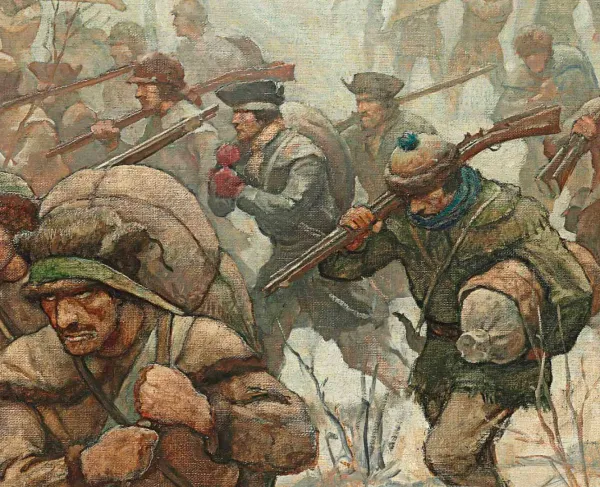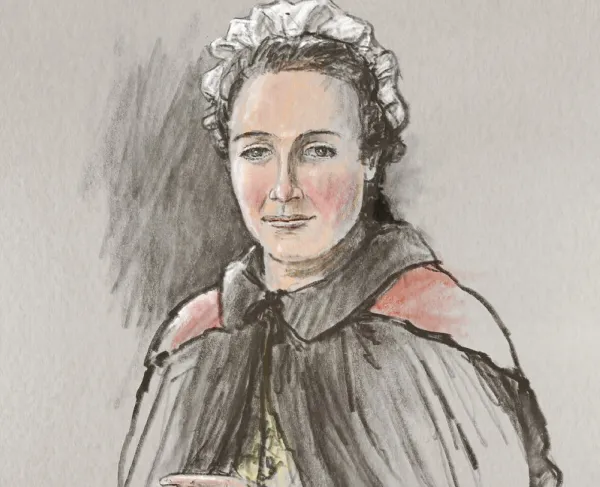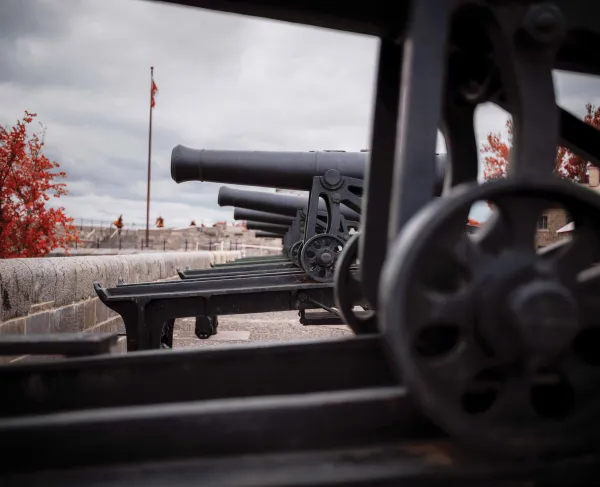The Battle of the Severn: The English Civil War in Colonial Maryland
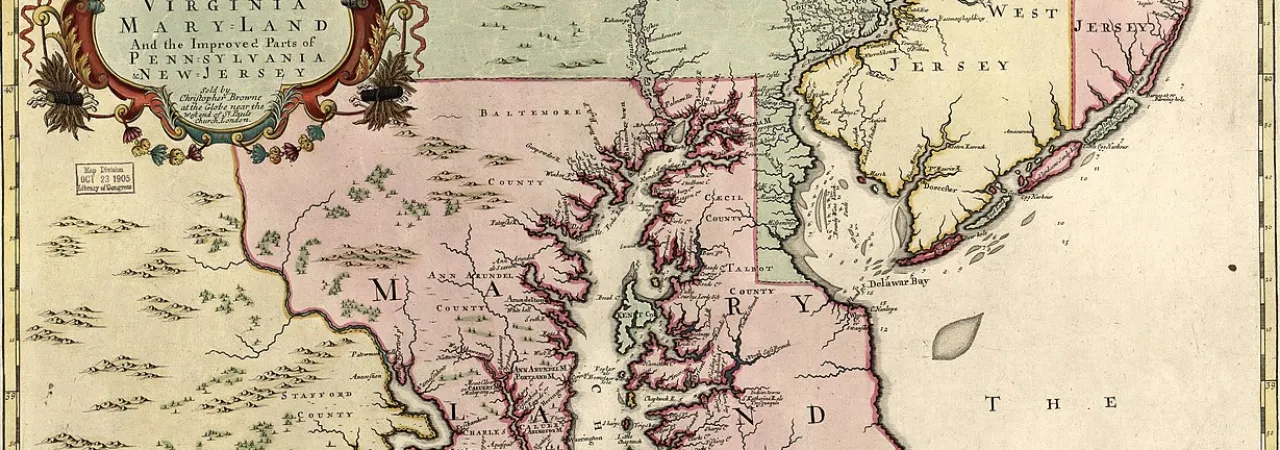
A new map of Virginia, Maryland, and the improved parts of Pennsylvania & New Jersey by Christopher Browne, 1685
Sometimes called the “last battle of the English Civil War,” the Battle of the Severn was fought for control of colonial Maryland near present-day Annapolis on March 25, 1655. One side supported the government of Lord Baltimore, the proprietary ruler of Maryland according to a royal charter issued in 1632. The other side supported the rule of Maryland’s Puritan minority, who had taken over the government in 1654 in an extension of unrest caused by the English Civil War. Both sides claimed loyalty to the English Commonwealth and its current leader, Oliver Cromwell, and both accused the other side of rebellion. The Puritans won a decisive victory and retained control, but in 1657 representatives of both sides back in England came to a peace settlement which restored Baltimore’s rule.
Maryland was chartered in 1632 and first settled by English colonists in 1634. Maryland was unusual in its level of religious tolerance for different Christian sects. Maryland’s founder, Baltimore, was Catholic and wanted Maryland to be a refuge for English Catholics fleeing persecution in much the same way that the Plymouth and Massachusetts Bay colonies provided refuge for Separatists and Puritans. But the idea of a Catholic colony was not popular in England, and there weren’t enough Catholics willing to immigrate for Maryland to be entirely Catholic. Instead, most of Maryland’s wealthy landowners were Catholic gentlemen, while most of its workforce was Protestant. Baltimore enacted a firm policy of religious toleration to keep the peace in the religiously diverse colony. Freedom of religion for all Christians was enshrined in law by Maryland’s General Assembly in 1649; it was the first legal protection for religious freedom in what would become the United States.
The English Civil War began in 1642 as a result of the long-standing power struggle between King Charles I, and Parliament. Part of the conflict was religious, as Parliament’s cause was supported by Puritan dissenters from the Church of England. Parliament won the war, and Charles I was executed for treason in 1649. The House of Lords was dissolved, and the House of Commons ruled England. Then it, too, was dissolved and Oliver Cromwell became Lord Protector of England, Scotland, and Ireland.
The English colonies in North America took different sides in the conflict. The New England colonies, with largely Puritan populations, sided with Parliament. Virginia, led by its governor William Berkeley, was Royalist. Maryland’s population was divided. Between 1644 and 1646, the colony was subject to Claiborne and Ingle’s Rebellion, a period of civil unrest and raiding from forces loosely aligned with the Parliamentary cause. By 1653 Maryland’s government was nominally loyal to Parliament and Cromwell, but a faction of Puritan colonists who had recently fled religious persecution in Virginia were dissatisfied with Baltimore’s government. This faction appealed to Parliamentary commissioners who had been sent to Virginia to take over Berkeley’s Royalist government, gained the commissioners’ support, and took over Maryland’s government. They repealed the law protecting religious freedom and increased the power of the assembly.
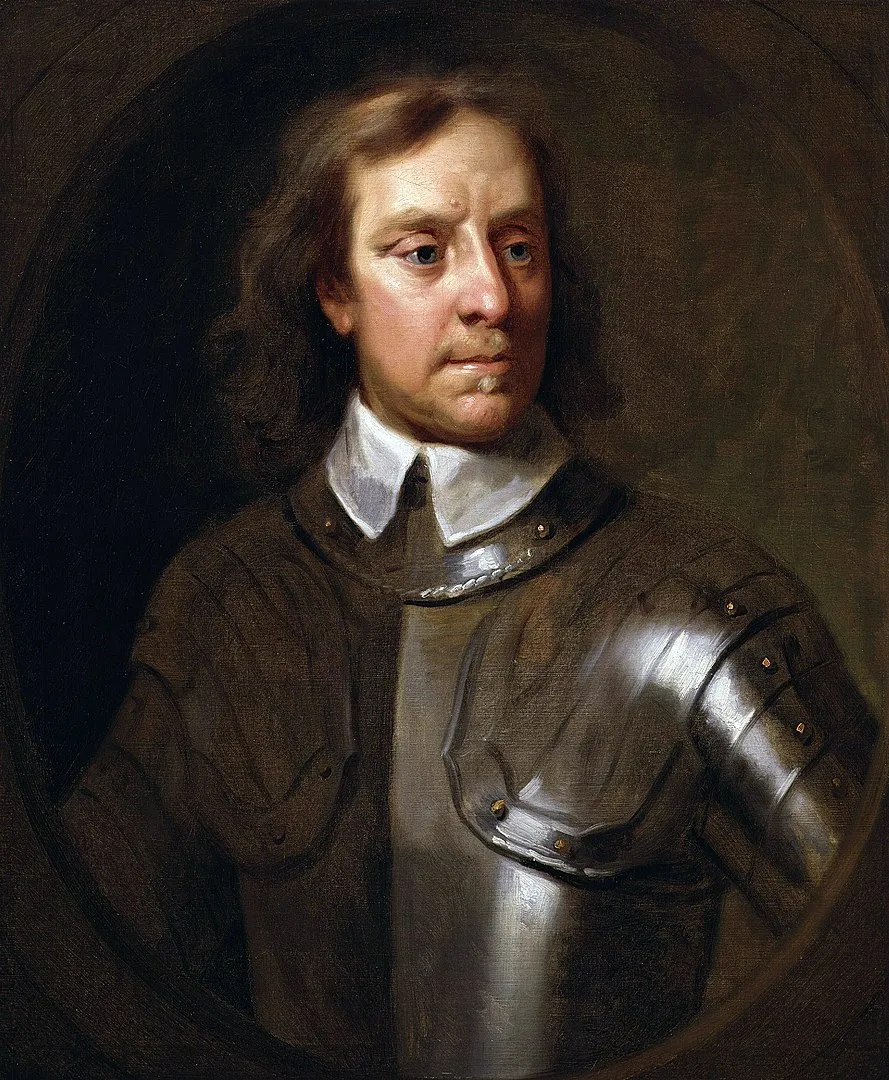
The governor removed by the Puritan government was William Stone, a Protestant loyal to Baltimore. In March 1655, Stone gathered a small force and marched north from southern Maryland towards Providence, the main Puritan settlement, near present-day Annapolis. Later sources favorable to Stone claimed he had around 130 men; pro-Puritan accounts claimed he had between 200 and 250, and that they sacked and plundered Maryland farms on their March. Stone’s force included Catholics, Protestants loyal to Baltimore, and Native Americans, probably Piscataway.
Stone’s force, part traveling by land on the banks of the Severn River and part by boat, halted near Providence on March 15. Negotiations between Stone and William Fuller, the Puritan governor of Maryland, occurred over the next week. Both sides later claimed to have sent messengers entreating for peace, and that those messengers were forcibly detained. Included also in the negotiations was Roger Heamans, the captain of the merchant ship the Golden Lyon then docked in Providence’s harbor. Like many commercial vessels of the period, the Golden Lyon was armed with cannon, and both sides wanted Heamans’ allegiance. On March 24, Stone’s force sailed towards the harbor, beating drums and flying flags with Baltimore’s black and yellow colors. Heamans fired a warning shot at the force, and when this failed to have an effect, fired directly at the boats. To avoid the range of Heamans’ cannon, Stone landed his men on the northern shore of the Severn, opposite of Providence Harbor. During the night rumors reached Heamans that some of Stone’s men planned to burn his ship, and he anchored it in a sheltered creek to evade them.
On the morning of March 25, Fuller marched a small force of between 100 and 170 men, mainly local Puritans, out to meet Stone’s men. They flew an English flag borrowed from Heamans’ ship. The two forces met in a clearing on a wooded neck of land about six miles from the center of Providence. Both sides later claimed that the other rejected their attempts to parley and prevent the battle.
The battle was over almost before it had begun. Both sides gave battle cries and fired across the clearing; Stone’s men cheered “Hey for St. Mary’s!” while the Puritans cheered “God is our strength.” The Puritans’ volley was far more effective. Between 20 and 40 of Stone’s men were killed and most of the rest were wounded or taken prisoner, including Stone himself, shot in the arm. Only three of Fuller’s men were killed, and three mortally wounded. Stone ordered his men to surrender and those who had not escaped through the woods were jailed in Providence. Afterwards, the site of the battle was nicknamed “Papists’ Pound” by the local Puritans for the rosaries and other religious items abandoned there.
Four of Stone’s men were executed, apparently without trial, and Stone was himself threatened with summary execution. Both Puritan and pro-Baltimore sources agree that his life was spared when some of Fuller’s men and the local women of Providence protested. Stone and his men were instead fined and eventually released.
Stone’s defeat ended his attempts to retake the colonial government, but Baltimore appealed to Cromwell’s government back in England and eventually succeeded in securing a favorable peace settlement with the Puritan government. Religious freedom would be restored for all, and any legal repercussions for actions taken during the period of unrest would be determined by Cromwell’s government and courts in England, not Baltimore’s own court. Maryland remained in Baltimore and his son’s hands until 1689, when Coode’s Rebellion, another Puritan uprising, swept the colony. Maryland became a royal colony and protections for religious freedom were again repealed.
A historical marker marks the approximate site of the Battle of the Severn near the Maryland World War II Memorial.
